Forgotten veggies that we see as weeds
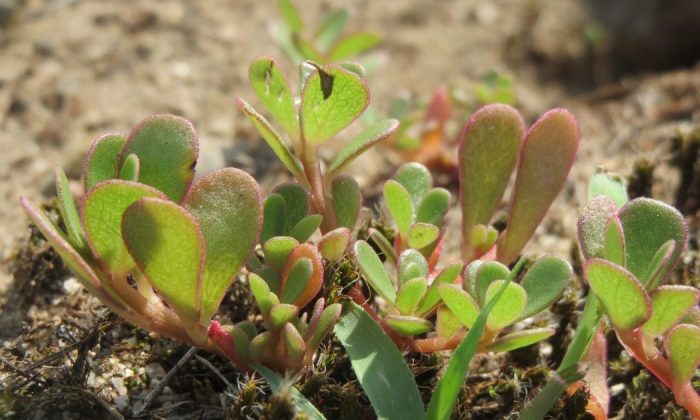
It seems like everything begins to sprout in your garden around this time. True and you should not overlook these new little plants. They may be useful to you and many of them are suitable for immediate consumption. Yup. They can supply our body with a whole range of much needed vitamins and minerals, you know after a long winter…
This also includes plants that our ancestors consumed on regular bases, but we degraded them to mere weeds – probably due to their unattractive appearance and ability to multiply. Would you be willing to eat these unpopular plants instead of putting them in your composter?
Yes for edible green beauties
Some of those forgotten heroes include the following Portulaca oleracea, Lepidium sativum and Nasturtium officinale. These are great so, try eating them – before you put them in your composter.
Nasturtium officinale – watercress is a pleasant surprise
It booms in spring and that is when you should harvest, but if you put these juicy and tender leaves in your freezer you can have them ready for later. It tastes like fine green spinach and even the leave structure is the same. You may use it anywhere where you would use similar herbs or veggies. Watercress supports proper digestion and supplies our body with valuable vitamins and minerals.
Portulaca oleracea – a delightful special taste
This succulent does not look interesting or attractive at all but it has a superb ability to regenerate squished stems. If you pick it and taste it, you will be impressed by its slightly sour but delightful taste. Portulaca oleracea is full of vitamin C, but also of potassium, magnesium, calcium and omega-3 fatty acids. Not bad.
Photo: Pixabay
Lepidium sativum, also known as garden cress can be grown on your windowsill or in garden
The ancient Romans used it as a spice. It supports digestion and liver function and it does not matter whether you grow it. You can use a cotton wool on your windowsill or outdoor in a flower bed. The early stage is more nutritious. Cress grown in a flower bed will give you a stronger flavour and a longer harvest period.
However, you can extend the harvest time for cress grown on your windowsill too. If you cut it regularly and carefully it will keep regenerating, even if you cut the first cotyledons. The main issue when growing in a flower bed is that it likes to reproduce quickly by seeds so, you need to watch it and curb this natural expansion.
Garden cress is also full of vitamin C. It supports digestion and stimulates metabolism. And last but not least, as a spice it will greatly enhance the taste of your dishes. After all, the Romans used it so, do not worry and experience with it a little.
Preview photo: Pixabay

Gardening is my hobby, I have a lot of experience and I am happy to share it.
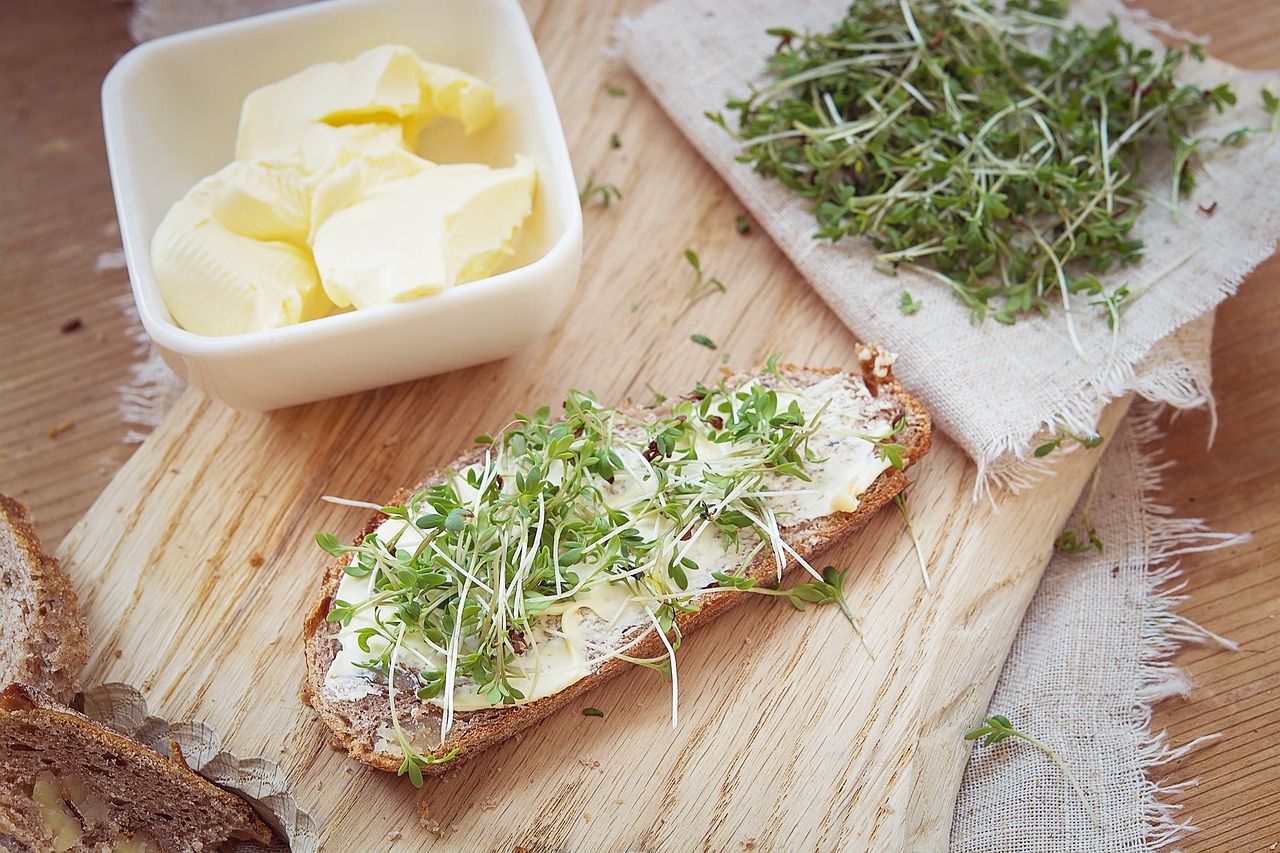


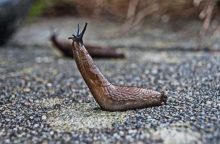

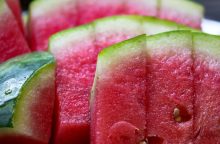
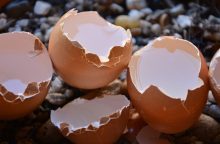
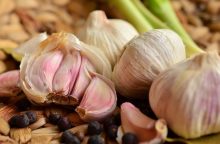
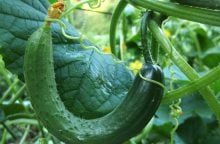
0 comments